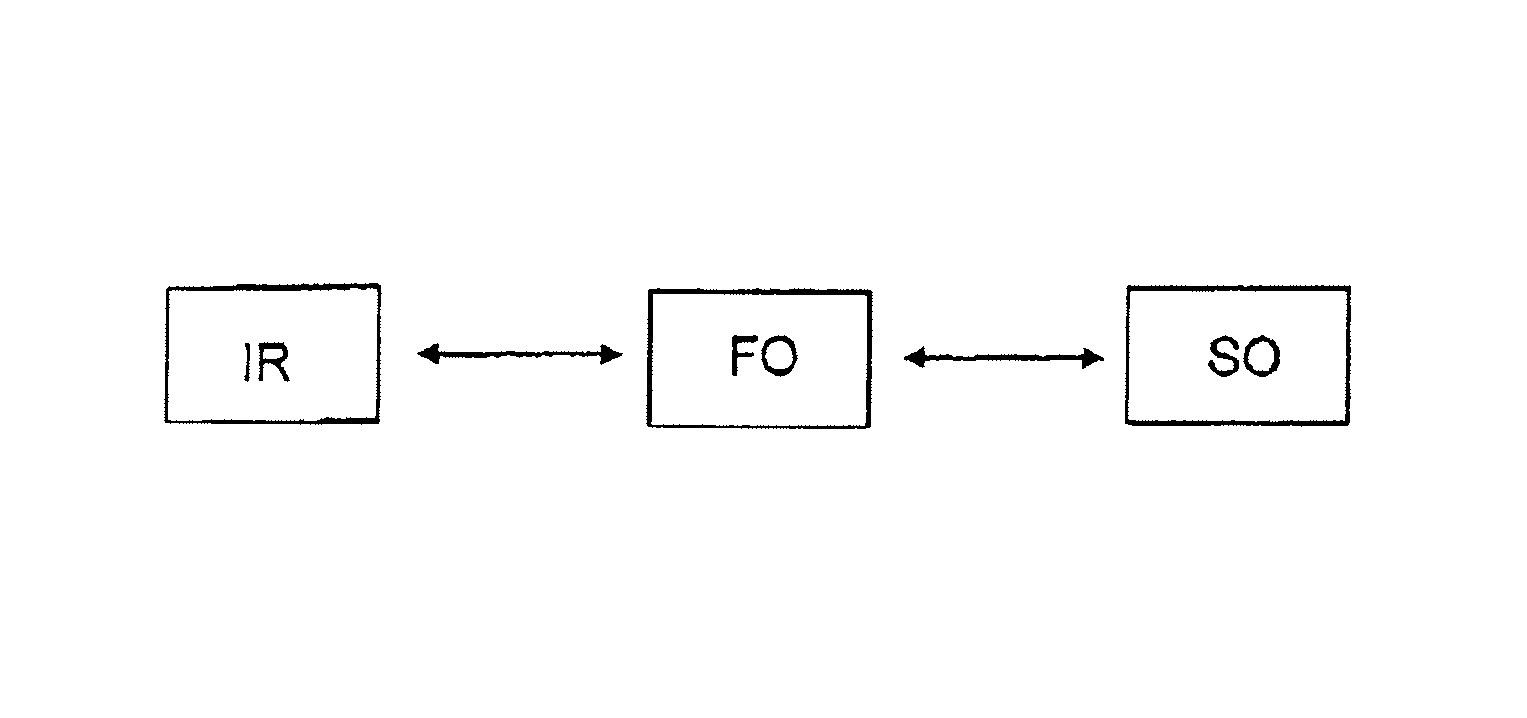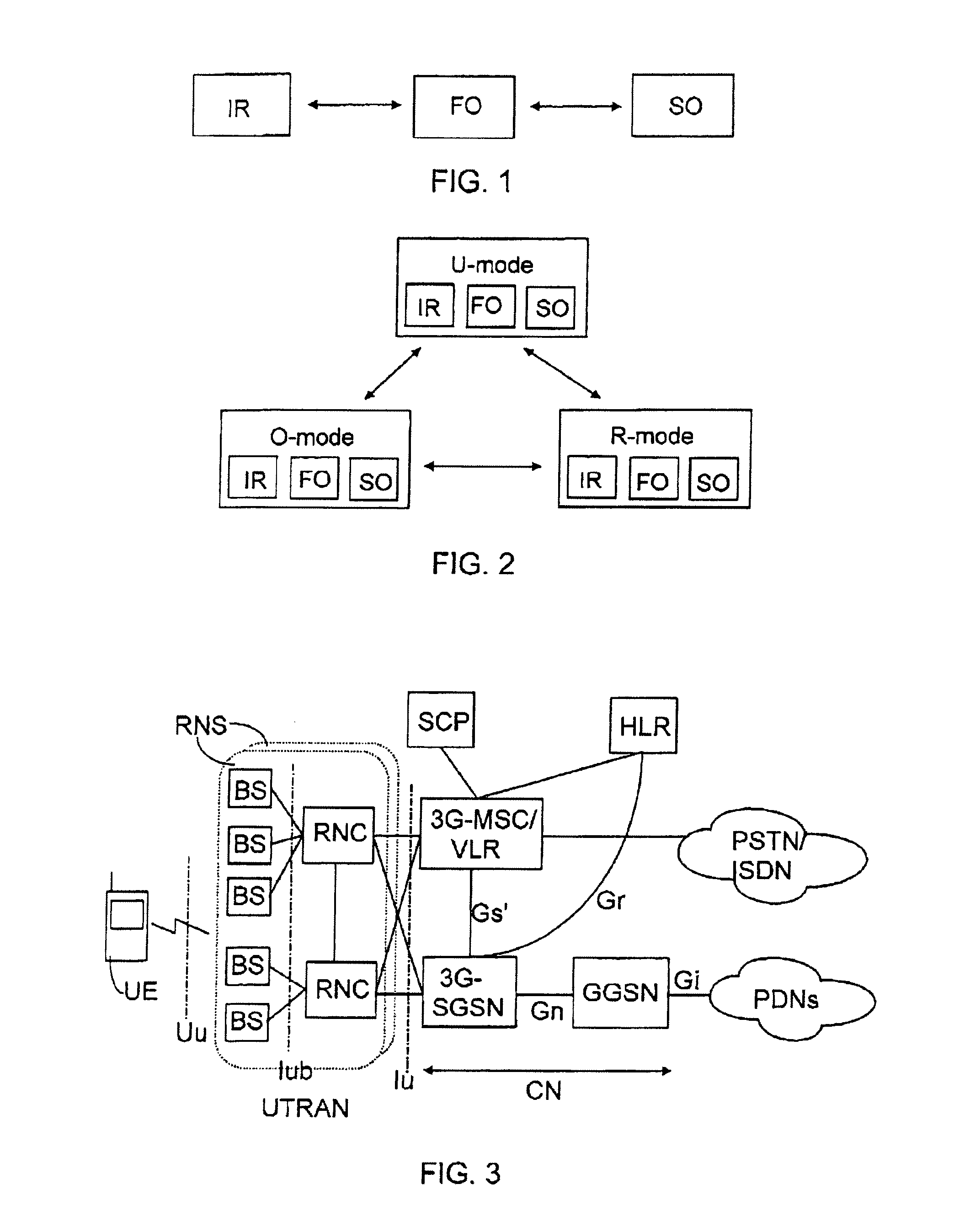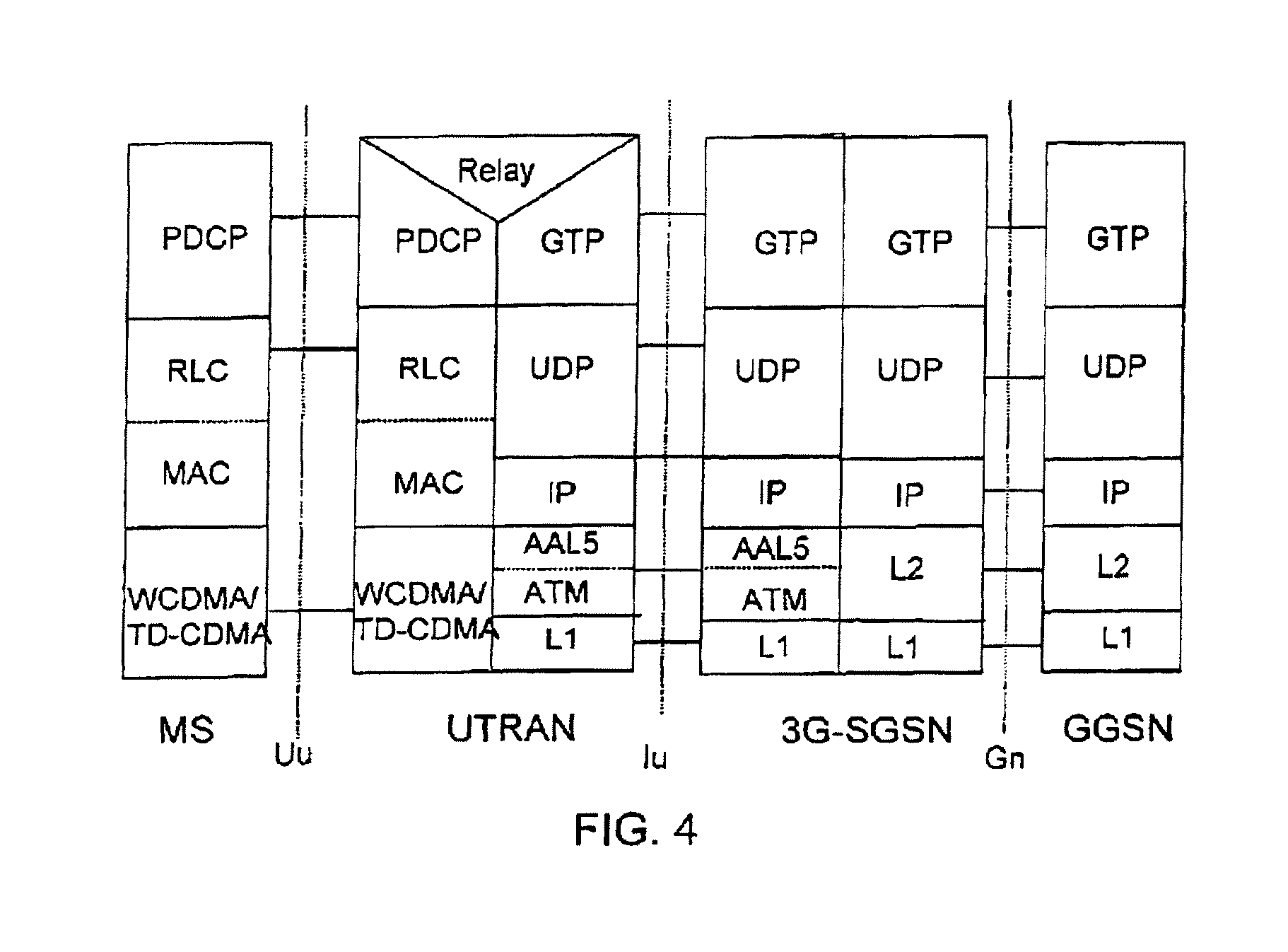Relocating context information in header compression
a header compression and context information technology, applied in multiplex communication, code conversion, instruments, etc., can solve the problems of reducing affecting and complicating the ip protocol utilisation of the radio interface, so as to improve the ber of the radio interface and prevent the updating of context information. the effect of context updating and preventing the updating of context information
- Summary
- Abstract
- Description
- Claims
- Application Information
AI Technical Summary
Benefits of technology
Problems solved by technology
Method used
Image
Examples
Embodiment Construction
[0023]In the following, the invention is illustrated by the way of an example in conjunction with the header field compression method ROHC, which is particularly suitable for real-time data transfer over a radio interface. The invention is not limited to only ROHC, but it can be applied to any other header compression method, too. Furthermore, the invention is applicable to, but not limited to IP / UDP / RTP header compression. In the following, the implementation of ROHC is described for the parts essential for the invention. For a more detailed description of the compression method in question, reference is made to a yet unfinished Internet draft “Robust Header Compression (ROHC)”, version 04, 11 Oct. 2000.
[0024]In different compression methods, a context is typically defined for both a compressor and a decompressor, the context being a state which the compressor uses to compress the header field to be transmitted and the decompressor uses to decompress a received header field. Typica...
PUM
 Login to View More
Login to View More Abstract
Description
Claims
Application Information
 Login to View More
Login to View More - R&D
- Intellectual Property
- Life Sciences
- Materials
- Tech Scout
- Unparalleled Data Quality
- Higher Quality Content
- 60% Fewer Hallucinations
Browse by: Latest US Patents, China's latest patents, Technical Efficacy Thesaurus, Application Domain, Technology Topic, Popular Technical Reports.
© 2025 PatSnap. All rights reserved.Legal|Privacy policy|Modern Slavery Act Transparency Statement|Sitemap|About US| Contact US: help@patsnap.com



